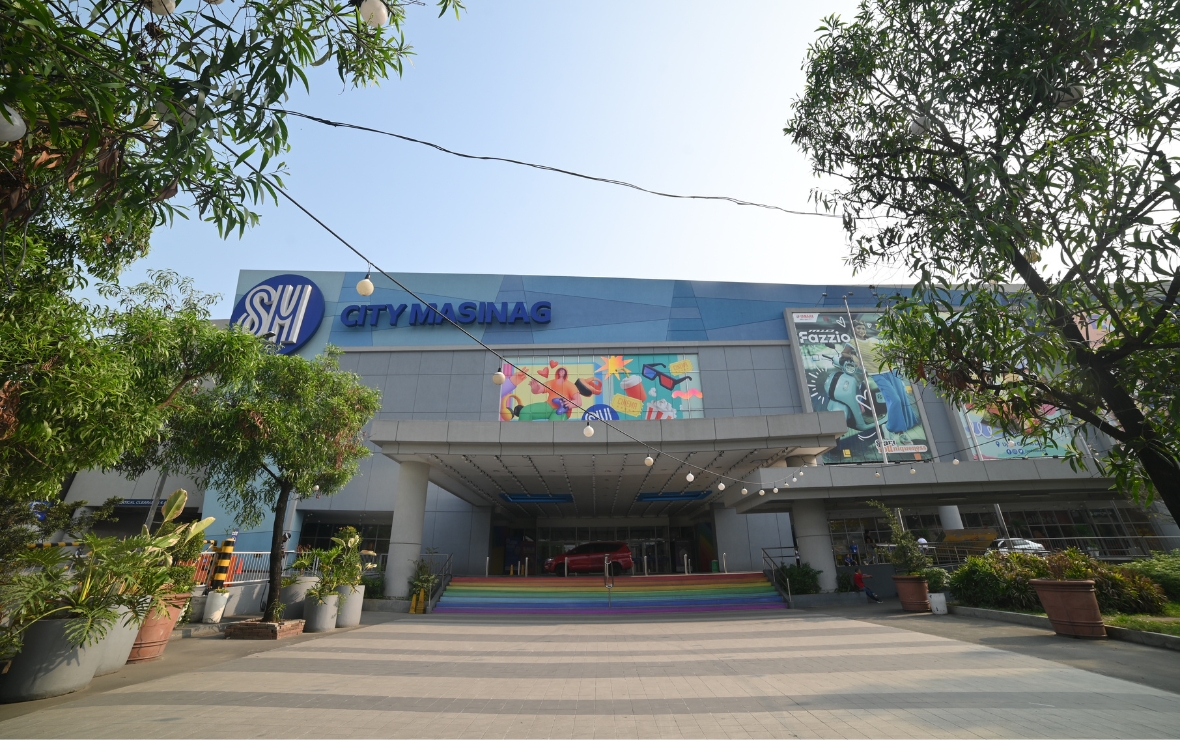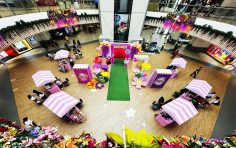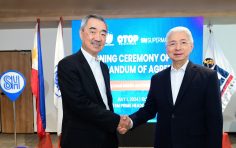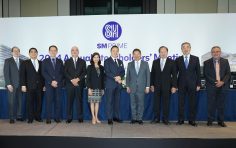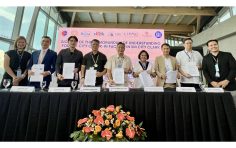SM City Masinag’s rainwater catchment basin has lowered flood levels in villages along Marcos Highway.
SM Prime remains committed to ensuring the integration of climate adaptation and sustainability into its projects while expanding partnerships with government and other stakeholders to grow more resilient communities.
SM Prime Holdings executive committee chairman Hans T. Sy believes the government and private sector must work together in finding solutions for greater resiliency so disaster risk reduction is one of its core business strategies.
“Resilience is not just a word, it is a way of life. It is a commitment to ensure that we act on our responsibility to care for others and that no one is left behind,” Sy said.
SM Prime Holdings recently marked its 30th year as a publicly-listed company highlighted by its exemplary track record of sustainable development.
He said climate adaptation and resilience are keys to thriving despite damage and losses brought about by climate change, and SM has translated this to action with a significant portion of its capital expenditure allocated to incorporate resiliency and sustainability in its infrastructure designs
As an engineer, Sy said he remains passionate about constructing well-designed structures that are not only efficient, but strong and resilient. Sy sits in the Philippine board of ARISE Private Sector Alliance for Disaster Resilient Societies of the United Nations, and he is co-chairman of the National Resilience Council, a private-public sector initiative whose goal is to strengthen resilience of local government units.
SM Prime’s mall arm, SM Supermalls, has been leading in climate adaption through effective mitigation of flood risks in the communities where these malls serve.
Liza Silerio, SM Supermalls head for corporate compliance and sustainability, said a prime example is the network of more than 25 rainwater catchment basins strategically positioned in SM malls across the country. These reservoirs act as crucial buffers during heavy downpours, collecting and holding excess rainwater to prevent flooding in surrounding communities.
“We’ve seen firsthand how our catchment basins have spared communities around our malls from severe flooding during typhoons like Carina. This validates our commitment to investing in sustainable and resilient infrastructure,” Silerio said.
She cited the SM Mall of Asia complex, designed with a sturdy seawall to protect the surrounding communities from potential storm surges or rising sea levels. The property also uses specialized foundation systems to provide more robust protection against liquefaction and seismic events.
The first of catchment basins, built at SM City Masinag in 2011, has a capacity of 17,681 cubic meters – equivalent to over seven Olympic-sized swimming pools. Located underneath the premises of these catchment basin malls, the combined rainwater reservoirs have a total capacity of 85,272 cubic meters, collecting floodwaters and protecting nearby communities.
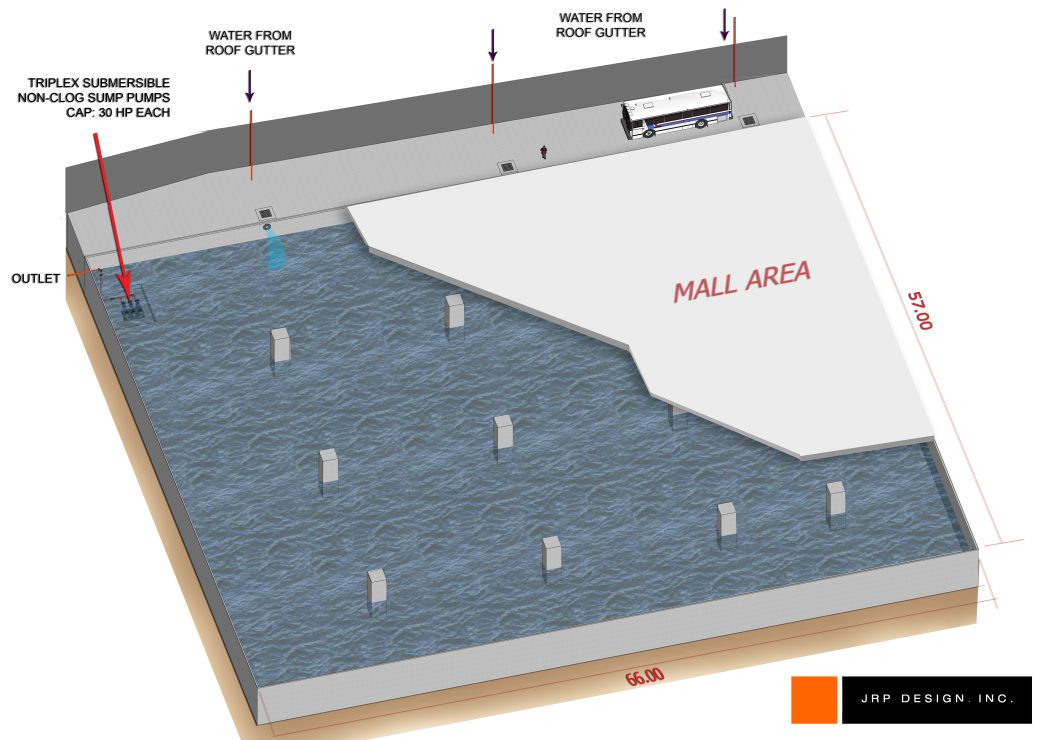
Also, the United Nations Office for Disaster Risk Reduction (UNDRR) recognized SM City Marikina for being a prepared facility during calamities. Its proximity to the Marikina River and the area’s flood history necessitated the mall’s elevation onto 246 concrete stilts, allowing flood water to enter and flow through the structure away from residential areas and avoid damage to the mall itself.
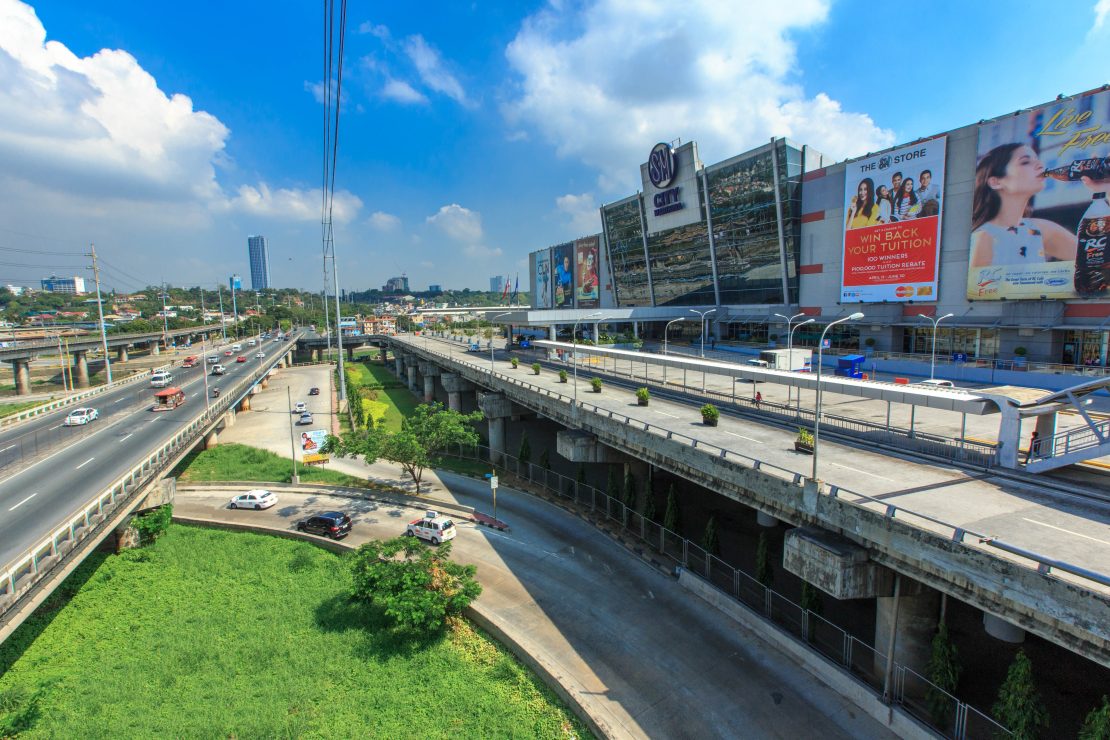
SM Supermalls, together with its holding company SM Prime, remain committed to its role as a catalyst for economic growth, delivering innovative and sustainable lifestyle cities, thereby enriching the quality of life of millions of people. SM Prime is pursuing the next horizon on integrated property development and onward to building sustainable cities of the future.
Silerio assured that the SM malls have facilities and structures that take into account natural hazards, thus protecting communities around them.

